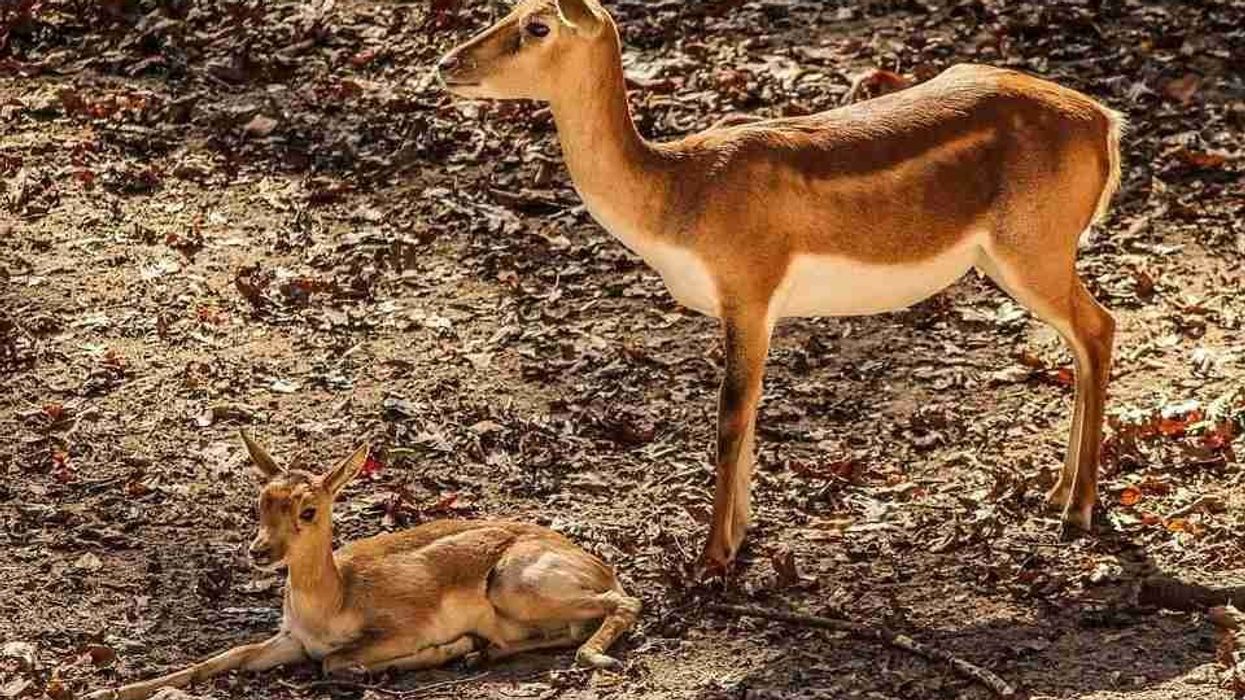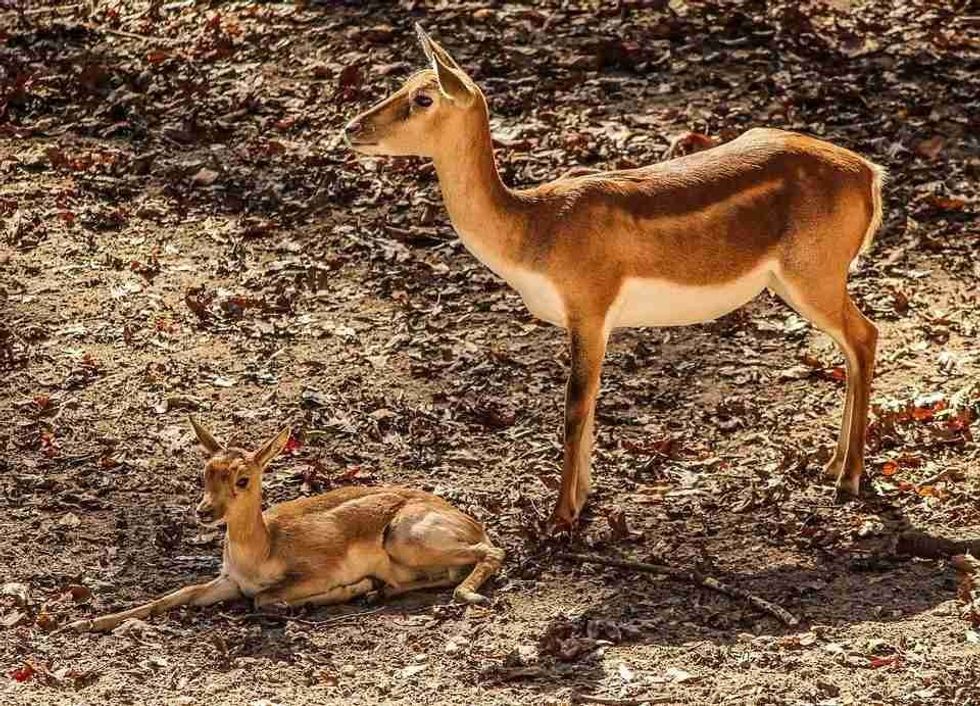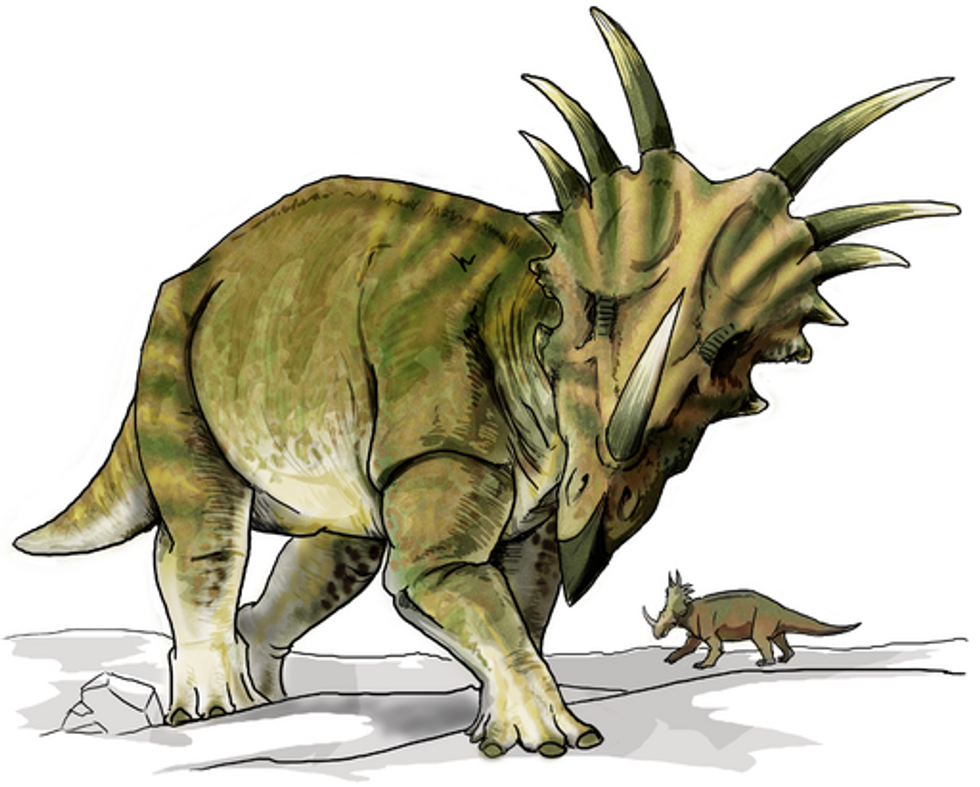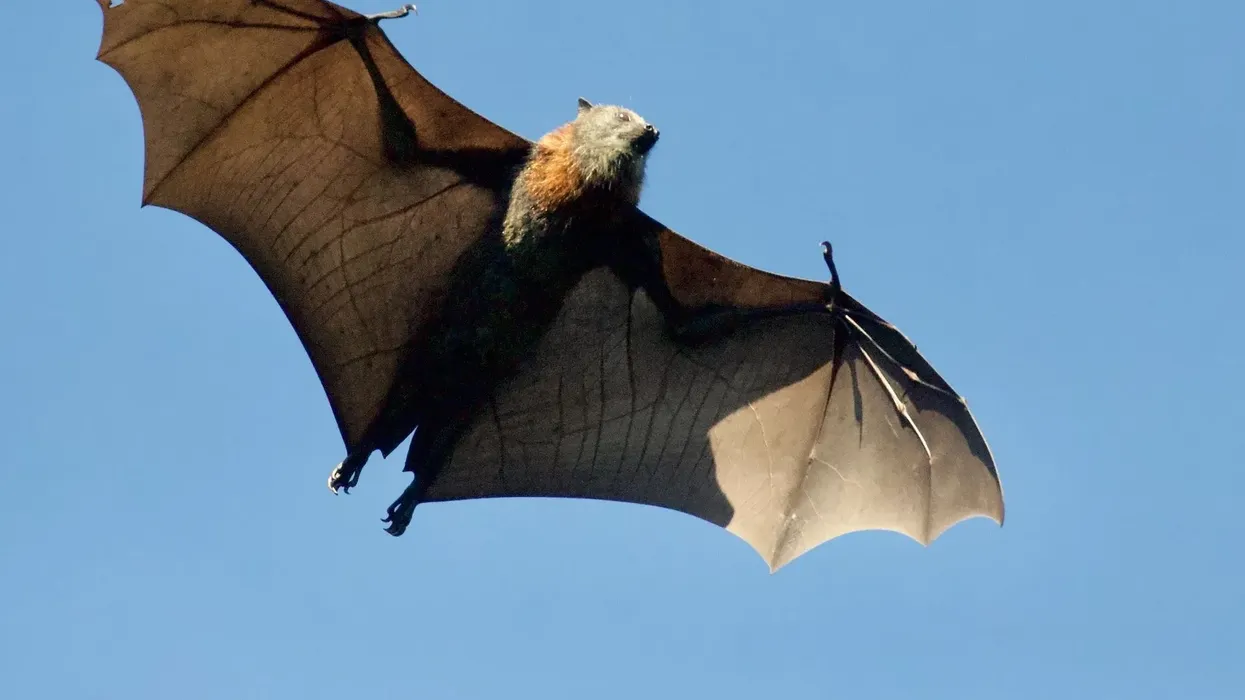If you are a fan of beautiful and fascinating wild creatures, then you must be familiar with the name 'Impala'. Impalas are the antelopes of the Aepyceros genus. The scientific name for the Impala animal is Aepyceros melampus.
Their distinct spiral horns and reddish-brown coat distinguishes them from other antelopes. These animals enjoy a herbivore diet comprising fruits, seedpods, shoots, leaves of trees and bushes.
The Impalas prefer living in herds for safety from predators like lions and cheetahs. When attacked by a predator, Impalas start running and jumping in different directions to confuse the predator. Male Impalas are known to fight each other with their horns to get the mating rights in the herd.
There are dozens of interesting facts about an Impala. This article will cover all the interesting and amazing facts about an Impala.
We will be looking at how these Impalas are different than deer and what kind of habitat they like to live in. Let’s have a look at these facts and get to know all the important stuff about them. To know more about interesting animals, you may also check porcupine facts and Mexican wolf facts.
Impala Interesting Facts
What type of animal is an Impala?
An Impala (Aepyceros melampus) is an antelope found in the eastern and southern regions of Africa. Impalas share a similar characteristic feature to a deer and they shouldn’t be confused as the same as they are different.
What class of animal does an Impala belong to?
An Impala is a mammal of the Bovidae family, where females give birth to a calf after the gestation period is completed. It is an animal with a herbivore diet and these animals face considerable threat from predators.
How many Impalas are there in the world?
The common Impalas are not facing any major threats. The common Impala population is around two million. The common Impalas are abundantly found in Africa but the population of black-faced Impala has experienced a serious decline over the years and is on the verge of becoming endangered.
Where does an Impala live?
An Impala (Aepyceros melampus) is found in the Eastern and Southern regions of Africa. It can be seen living in the wild along with its companion. They like to stay near water areas.
What is an Impala's habitat?
Impalas live in the Savanna and light woodlands of the Eastern and Southern regions of Africa. These animals prefer living in herds. The Impala’s habitat is usually surrounded by trees, grass, and adequate water supply where they can easily access their food and drink. But this also makes the herds susceptible to predators like lions and cheetahs.
Who do Impalas live with?
Impalas live in groups known as herds. In herds comprising female and young Impalas, there can be up to 100 members. While on the other hand, male Impalas live in herds with around 60 Impalas. These animals use different tactics to be safe from predators.
How long does an Impala live?
The average lifespan of an Impala is 12-15 years. Impalas have the potential to live for a long time, provided they are safe and secured from any predator as well as are not facing threats from humans.
How do they reproduce?
The breeding season for Impalas is also known as the rutting period. Impalas become sexually mature after reaching the age of one year.
The breeding season for Impalas starts in the month of May. The rutting period lasts around three weeks.
The males make a 'raspy' call during this season and after the mating process is complete between the males and females. Females go through a gestation period of seven months after which they give birth to a single calf . The gestation period for females can be up to seven months long.
The female Impalas select a secluded place to give birth to their young ones. If the conditions are not favorable, then the female Impalas can delay the birth of their young ones by a duration of one month.
What is their conservation status?
The impalas (Aepyceros melampus) are commonly found in the southern and eastern regions of Africa and their conservation status is least concerned. Only the black-faced impala, which is a subspecies of Impala, is endangered.
Impala Fun Facts
What do Impalas look like?
The coat of Impala is reddish-brown in color. They have mostly white coverings in their body. Their chin, lips, stomach, inner ears, tail, and a line above the eyes appears visually white. Impalas are famous for their curved horns. Horns are present only in males. The horns are colored black, rigid, and can measure up to 36 in long.
How cute are they?
Impalas (Aepyceros melampus) have a really cute appearance. They are beautiful and fascinating creatures that can win the hearts of any animal lover.
How do they communicate?
Impalas can communicate through sight, sound, smell, and physical gestures like kicks and tongue flashing. Impalas can roar vocally at a very high volume. It is to be noted that only Impalas are the antelopes that can make a roar like this.
How big is Impala fox?
An Impala is a 1.4 m long antelope. They are almost three times bigger than the smallest royal antelope.
How fast can Impala run?
Impalas are really impressive runners. They can run at a speed of 48-60 mph. Their fast running speed helps them in running away from their predators like lion, cheetah, and leopard.
How much does an Impala weigh?
The weight of a male Impala can be somewhere between 88-165 lb and a female Impala can weigh between 66-110 lb.
What are their male and female names of the species?
The male Impala is known as a ram, and the female Impala is known as ewes.
What would you call a baby Impala?
A baby Impala is called a calf.
What do they eat?
Impalas are herbivores, and they eat grass and other variety of vegetation such as fruits, seedpods, shoots, leaves of trees, and bushes.
Are they aggressive?
Yes, in the month of January, the rams (male Impalas) can become aggressive. This happens because, during this time, their testosterone level rises.
When aggressive, the Impala males can begin to roar and fight frequently and intensely with their challengers. They can show serious aggression during these times like they can indulge in horn fighting with other Impalas, thrash the bushes with their horns.
Would they make a good pet?
Antelopes usually don't make a good pet, as they do not like to be domesticated. And the same goes for an Impala which is also an antelope.
Did you know...
Impalas are swift runners who can jump up to 33 ft of distance. This ability helps them to protect themselves from predators.
Is an Impala a deer?
No, an Impala and a deer are not the same. Both of them are different species belonging to different families. It is because of their order that two species resemble a similar appearance but they can not be mistaken to be the same. The differences between the two are stated below.
Both Impala and deer are two distinct animals from two different families, but their species order is the same. An Impala is a member of the Bovidae family, while on the other hand, a deer hails from the Cervidae family. The size of deer can be small to large, but Impalas are medium-sized animals.
The coat of Impala is reddish-brown in color and pale towards the undersides of the body, such as stomach, lips, chin etc, but a deer can have different color variations in them. These variations depend upon the type of deer species.
Deer possess pronged horns, and they shed these horns every year. While on the other hand, Impalas have undivided horns, which are permanent.
The skull of an Impala is long, and the neck is thin, but those features differ significantly among the different types of deer species.
Impala has a distinct M mark on their rear, but there is no such distinct mark observed on the rear of deer.
What are Impalas known for?
Impala is well known for its graceful and long spiral horns. Only the male Impalas have such horns. They use their horns for challenging their rival Impala.
Here at Kidadl, we have carefully created lots of interesting family-friendly animal facts for everyone to discover! Learn more about some other mammals including fennec fox, or peccary.
You can even occupy yourself at home by drawing one on our Impala coloring pages.









